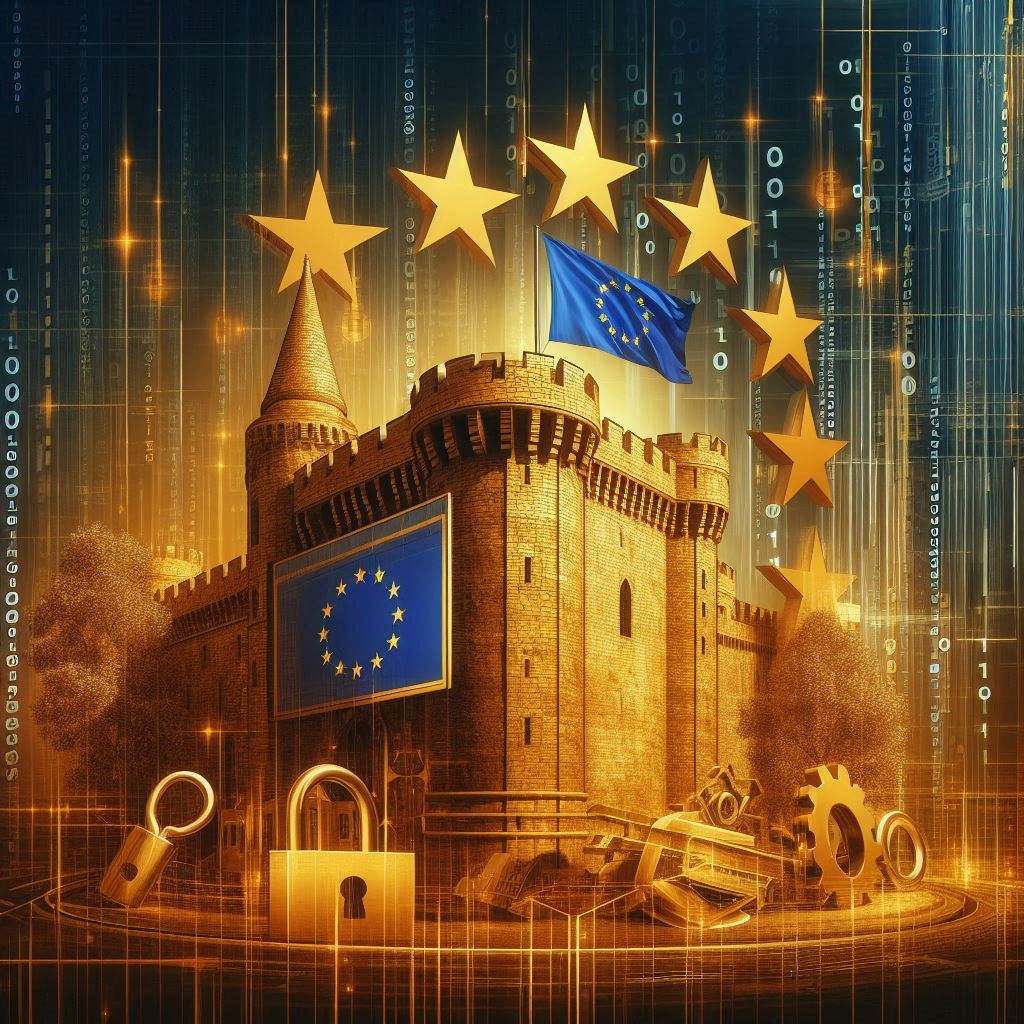The EU Cybersecurity Act: Building a Fortress Against Digital Threats

In today’s hyper-connected world, cybersecurity is no longer a luxury, it’s a necessity. The European Union (EU) recognizes this critical need and has taken a proactive stance to fortify its digital infrastructure. The cornerstone of this effort is the EU Cybersecurity Act, enacted in 2019. This legislation empowers ENISA, the EU Agency for Network and Information Security, with a permanent mandate and establishes a robust cybersecurity framework for the entire region.
Prior to the Act, the cybersecurity landscape across the EU was fragmented. Member states had implemented their own set of regulations, creating a confusing and cumbersome situation for businesses operating within the bloc. The Cybersecurity Act addresses this head-on by establishing a standardized framework for evaluating the security of Information and Communications Technology (ICT) products, services, and processes. This harmonization streamlines compliance for businesses and ensures a consistent level of cybersecurity across the EU.
One of the most significant aspects of the Act is its comprehensive approach to Internet of Things (IoT) devices. These ubiquitous devices, from smart speakers to connected appliances, present unique security challenges. To address this, the Act introduces a three-tiered certification framework for ICT products, including IoT. This framework categorizes devices based on their level of security risk, ranging from “basic” for low-risk devices to “high” for critical infrastructure components.
Rigorous Testing for Secure IoT Devices
The three tiers of the framework dictate the rigor of security evaluations required for certification. At the basic level, manufacturers may undergo a technical documentation review to ensure their products comply with baseline security standards. As the risk profile increases, so does the testing intensity. “Substantial” level certification might involve vulnerability assessments, while “high” level certification could necessitate advanced penetration testing, simulating real-world cyberattacks. This tiered approach ensures that all ICT products, but especially those posing a higher security risk, are thoroughly vetted before reaching the market.
Benefits of a Standardized Framework
The EU Cybersecurity Act offers a multitude of benefits for both businesses and consumers. By harmonizing cybersecurity standards across the EU, the Act significantly reduces the compliance burden on businesses. Previously, companies had to navigate a complex web of regulations depending on which EU markets they targeted. Now, a single certification process ensures compliance throughout the bloc, streamlining operations and reducing costs.
Consumers also reap significant benefits from the Act. The rigorous testing mandated by the framework guarantees that IoT devices are secure by design. This translates to increased trust in connected technologies and a reduction in the risk of cyberattacks targeting vulnerable devices. Furthermore, the Act mandates up-to-date patch management and the absence of known vulnerabilities for all certified ICT products. This ensures that devices remain secure throughout their lifecycle, protecting consumer data and minimizing the attack surface for malicious actors.
The Role of ENISA
The EU Cybersecurity Act empowers ENISA to play a pivotal role in safeguarding the digital landscape. With its permanent mandate, ENISA is now well-positioned to oversee the implementation and enforcement of the Act. The agency plays a key role in establishing and maintaining the European cybersecurity certification framework. This includes developing technical specifications for each level of assurance, assisting member states in implementing the framework, and ensuring that certification bodies adhere to rigorous standards. Additionally, ENISA maintains a public website with information on certified ICT products and issued certificates, empowering consumers to make informed choices about the technology they use.
Looking Forward: A Secure Digital Future for the EU
The EU Cybersecurity Act represents a significant leap forward in safeguarding the digital ecosystem within the European Union. By establishing a standardized framework and empowering ENISA with a permanent mandate, the Act sets a strong foundation for a secure and resilient digital future. Consumers can trust that the devices they use adhere to strict security standards, while businesses benefit from a streamlined compliance process. As technology continues to evolve, the EU Cybersecurity Act provides a robust framework that can be adapted to address emerging threats and keep the EU at the forefront of cybersecurity best practices.



